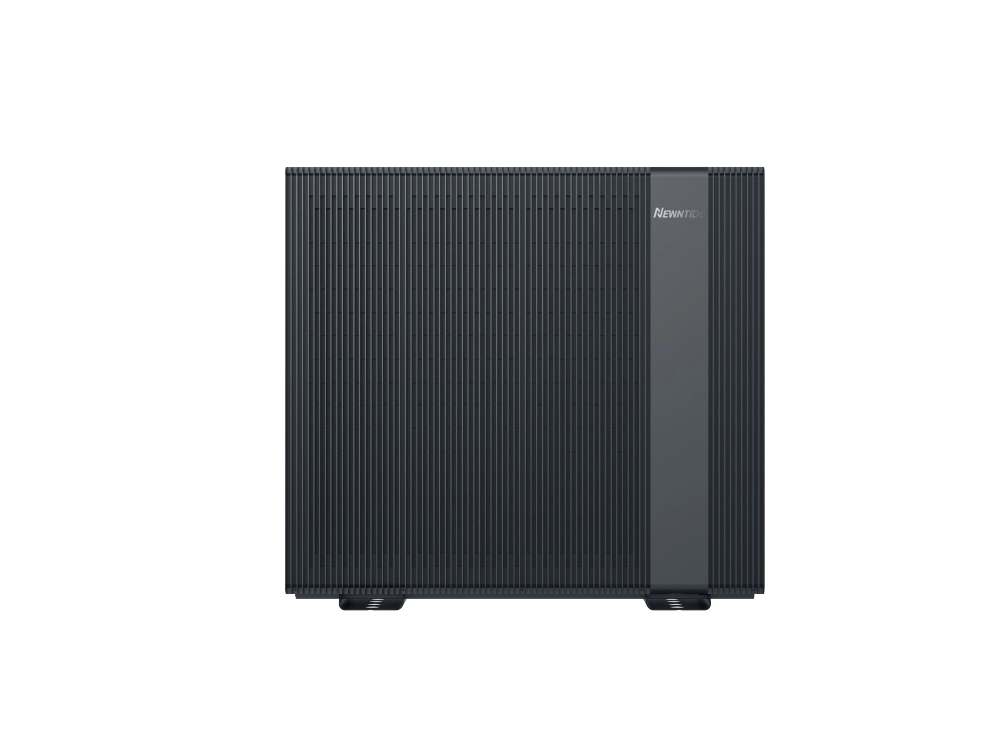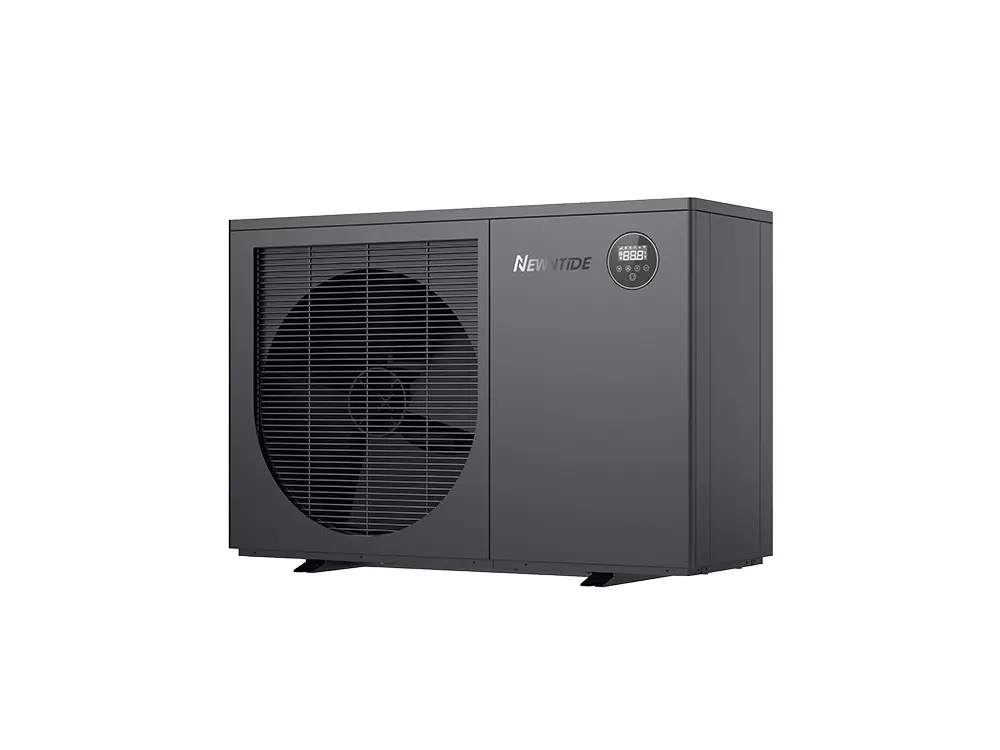
When it comes to air source heat pumps, the two main options are monobloc and split systems. Each type has its own distinct features, installation requirements, and performance characteristics, which can influence which is better suited for your specific needs. Here, we break down the differences between monobloc and split heat pumps, highlighting what each system does, how they compare, and the advantages and disadvantages to help you decide which option is the best fit for your home or business.
Key Differences Between Monobloc and Split Heat Pumps
The main distinctions between these heat pump systems include their design, installation requirements, maintenance and performance in different climates. Here’s a closer look at each aspect:
Design and Space requirements:
- Monobloc Heat Pumps: These are single, self-contained units that integrate all key components, such as the compressor, condenser, and evaporator, within one outdoor unit. Since all the components are housed in one enclosure, only water pipes need to be connected to the indoor heating system. This compact arrangement makes monobloc heat pump systems more space-efficient, as they occupy less space and are suitable for installation in properties with limited areas.

Sunglow Series Monobloc Heat Pump
- Split Heat Pumps: This kind of heat pump system consists of two separate units: an outdoor unit, which houses the compressor and condenser, and an indoor unit containing the expansion vessel and heat exchanger. These two units are connected via refrigerant pipes. The split systems can offer more placement flexibility, as the outdoor and indoor units can be situated separately to optimize space utilization and system efficiency.
Installation
- Monobloc heat pumps: Installation is relatively straightforward since it involves only the connection of water pipes rather than refrigerant lines. This eliminates the need for specialized refrigeration skills, making the process faster and often less expensive. With no requirement for handling refrigerant, the system can be set up by technicians without F-Gas certification. This simplicity can significantly reduce installation time and costs.
- Split system heat pumps: The installation process is more complex due to the necessity of connecting refrigerant lines between the indoor and outdoor units. This requires a technician who is qualified to handle refrigerants, typically holding an F-Gas certification, which adds to the installation costs. Additionally, the more intricate setup may lead to increased maintenance needs, as the refrigerant system must be carefully monitored for leaks or pressure issues.

Suntide Series System Heat Pump
Maintenance
- Monobloc heat pumps: Being a single, all-in-one unit, maintenance is simpler since there’s only one device to service. Troubleshooting is often easier because all components are in the same location. Maintenance tasks include checking the water pipes, ensuring no leaks, and monitoring system performance.
- Split system heat pump: Maintenance for split systems is more involved because there are separate indoor and outdoor units that require servicing. Each unit may have different maintenance needs, increasing the complexity and workload.
Performance in Cold Climates
- Monobloc Heat Pumps: In extremely cold climates, integrated systems can face challenges because the water circulating through the pipes could freeze if the temperature drops significantly. To prevent this, it is essential to ensure the heat pump’s circulation pipes are well-insulated, and implement anti-freeze measures, such as running a freeze prevention mode, adding freeze protection valves, or using antifreeze solutions.·
- Split Heat Pumps: Since the water circulation components are entirely installed indoors, the risk of freezing is reduced, making split heat pumps more reliable for use in harsh winter conditions. This design advantage allows split systems to operate without significant risk of freezing even in very cold weather.

Conclusion
In summary, choosing between monobloc and split heat pumps depends on factors like climate, installation requirements, and maintenance preferences. Monobloc systems are ideal for those seeking a straightforward, cost-effective solution with easy installation, while split systems deliver superior performance in colder climates and offer greater flexibility in unit placement. However, it’s important to note that actual performance, installation requirements and maintenance may vary depending on specific site conditions, system configurations, and individual requirements. It is always recommended to consult a professional for a thorough assessment before making a final decision.
At NEWNTIDE, we provide both monobloc and split heat pump solutions to meet your unique needs. Our experts are here to guide you in selecting the best system for your home or business, ensuring maximum efficiency and comfort year-round. Contact us today to schedule a consultation ( [email protected])and discover the perfect heat pump system for your property!



